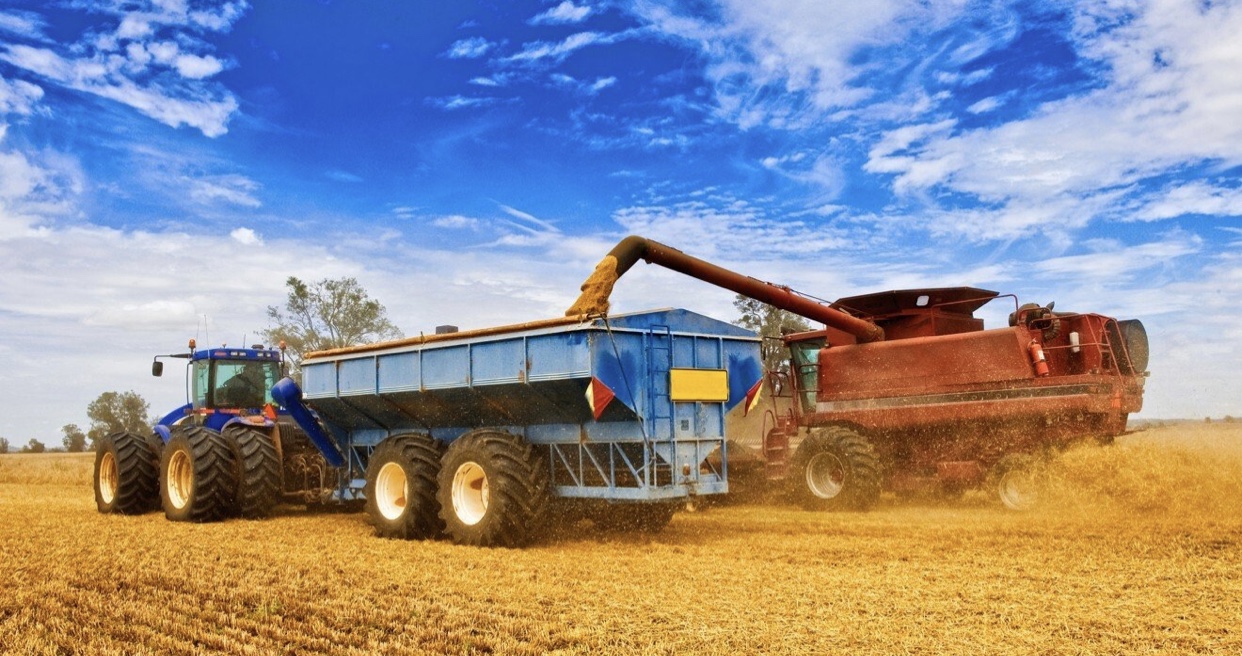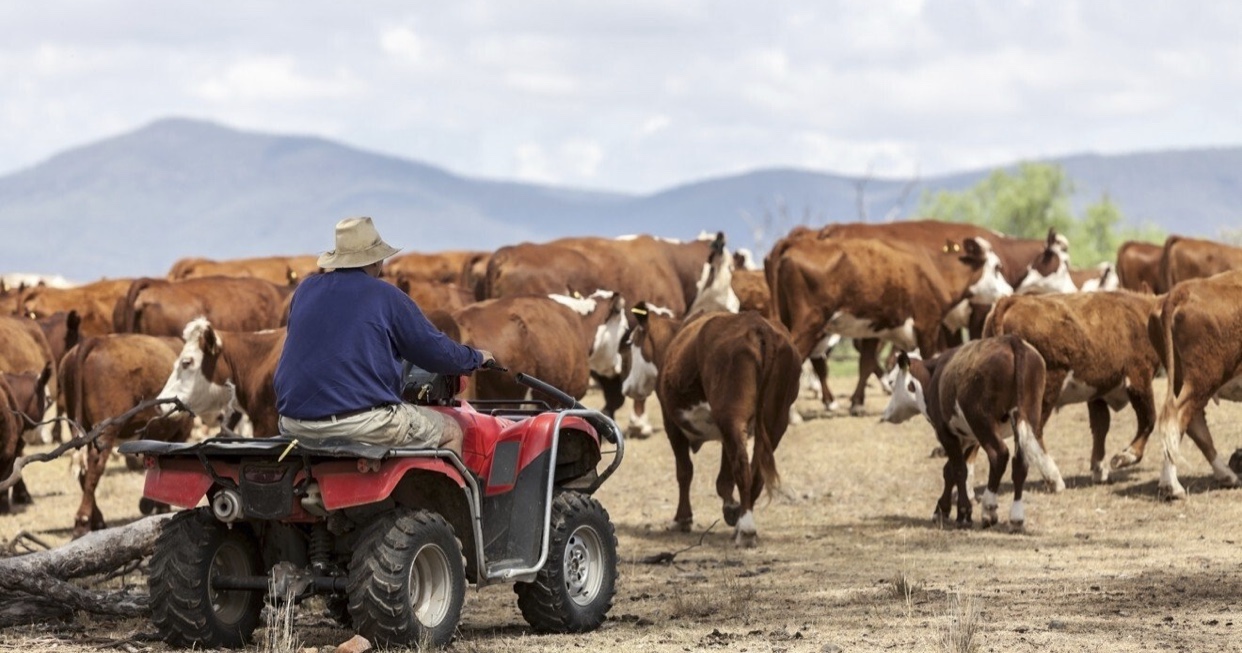Coronavirus: Hong Kong and Singapore are hungry for Australian produce, but why can’t they get it?
There is also demand from China and South Korea, but the Covid-19 pandemic has sent freight costs soaring while grounding aeroplanes.
Australia’s 85,000 farms produce enough food to feed 75 million people – three times its population – but most of it is not leaving the country
Until a fortnight ago, Antony Allen was exporting a total of 45 tonnes of avocados to Hong Kong, Singapore and Malaysia every week. These days, Allen – the chief executive of agribusiness The Avolution in Brisbane, Australia – is unable to send even a third of that amount to his company’s top three overseas markets.

The problem is not a drop-off in demand, which remains strong, but the grounding of global aviation due to the coronavirus pandemic. Freight capacity, most of which is usually provided by regular passenger flights, has almost completely dried up, and the little space that remains costs a premium.
Allen’s company, which produces about 20 per cent of Australia’s avocado crop, now spends about A$15,000 (US$9,100) in transit fees per plane load of 4.5 tonnes – an almost five-fold increase in “Essentially the extra cost of freight is being absorbed at this end,” said Allen, whose company exports about 10 per cent of its produce. “We are all trying to work out how we can do that better. We certainly grow more food in Australia than we can eat so I think it’s really, really important for us and our customers to be able to continue on.”
The near-collapse of air travel in Australia – largely due to a government ban on foreign arrivals since March 20 – has spawned unprecedented logistical challenges for the country’s agri-food producers, which export more than A$50 billion worth of produce overseas each year, much of it to Asia.
Unlike many of its target markets, which include Singapore, Hong Kong and Japan, Australia is a net exporter of food, sending about 65 per cent of its agricultural produce overseas. Australia’s approximately 85,000 farms produce enough food to feed 75 million people – three times the Australian population – with major exports including beef, wheat, dairy, vegetables and alcoholic drinks.
In 2018/19, the country exported A$14 billion worth of produce to China, its biggest export destination, while other top-10 export destinations included South Korea, Vietnam and Indonesia. Australian producers have painted a mixed picture of the pandemic’s impact on domestic demand.

Seafood producers have reported especially large declines in business at home due to a government ban on dining in at cafes and restaurants, while meat, vegetable and dairy suppliers have reported healthy sales amid panic buying and hoarding of everyday groceries at retailers.
For many exporters, demand from Asia has either remained consistently strong or rebounded as China has reopened its economy in recent weeks, relaxing harsh containment measures implemented to control its coronavirus outbreak. The challenge they face is actually getting their produce to the customer.
The Australian government on Wednesday announced it would spend A$110 million to charter flights to deliver fresh produce to China, Japan, Hong Kong, Singapore and the United Arab Emirates, and provide another A$50 million in grants to cover exporters’ marketing costs.
“Getting our export sector back on its feet is crucial to reduce job losses through the crisis and a critical part of the ultimate economic recovery,” said trade minister Simon Birmingham.
While the move has been broadly welcomed by the industry, it is unclear how far the measures will go to make up the massive shortfall in flights.
Dalene Wray, managing director of Brisbane-based organic beef supplier OBE Organic, said her company had seen freight costs soar by up to four times for routes such as Dubai, although there had been minimal disruption to its biggest Asian export market Hong Kong.
“If we can’t sell our product to export, we can’t continue to process animals and grow crops because we just don’t have enough people in Australia to eat it,” she said. “So we have the opposite problem to nations like Singapore or the UAE. We don’t think that we should look after Australians before we look after anyone else. We are trying to meet the demand we are seeing in the United States, and in the Middle East and in Hong Kong.”
Wray said the uncertainty was exacerbated by insurance policies that provided limited or no cover for delays and disruptions stemming from the pandemic. “As export businesses, we have all these types of policies but none of them look like they are going to respond in this type of situation.”
Shaun Lindhe, spokesman for industry body Ausveg, said vegetable growers faced a similar situation.
“Demand has continued to be strong for Australian fresh vegetables in export markets, with inquiries still coming in from a range of key export markets,” he said. “[However], exports of fresh vegetables have been affected due to the reduced number of commercial passenger flights, which many growers use to export their perishable products to key Asian and Middle Eastern markets.”
Seafood exporters, which have been among the hardest hit by the reduced freight capacity, have reported a recent rebound in demand from China as it returns to normalcy following a steep decline in reported coronavirus cases.
“We’ve seen some encouraging signals from China, that things are beginning to return to normal,” said Shaun McInnes, marketing manager at Geraldton Fishermen’s Co-op in Fremantle, Western Australia. “This is probably due to the Chinese government’s swift response to the virus. It appears China has passed the worst of it and life is slowly returning to normal. That means restaurants are reopening, people are dining out and we’ve seen this represented in demand for our product.”
Kadambot Siddique, director of the Institute of Agriculture at the University of Western Australia, said Australian producers were well-placed to thrive once transport issues were resolved.
“The quality of our products is very good,” Siddique said. “Of course, the middle class or upper middle class are the ones who have been buying Aussie food. They are probably less affected [by the pandemic].”
For producers like The Avolution’s Allen, there is cautious optimism that there could be light at the end of the tunnel soon following the government’s announcement of its assistance package, the full details of which are yet to be fleshed out.
“We’re still waiting to hear exactly what they are going to do, it’s not clear to us exactly what the outcome is,” said Allen. “I hope there’ll be some mitigation of costs. Even if it’s one-third off freight costs, it will help us make it more possible to ship more products, and, more importantly, build up confidence in the air freighter business. That’s the essential part to get capacity back.”
Source: SCMP
You must be logged in to post a comment.